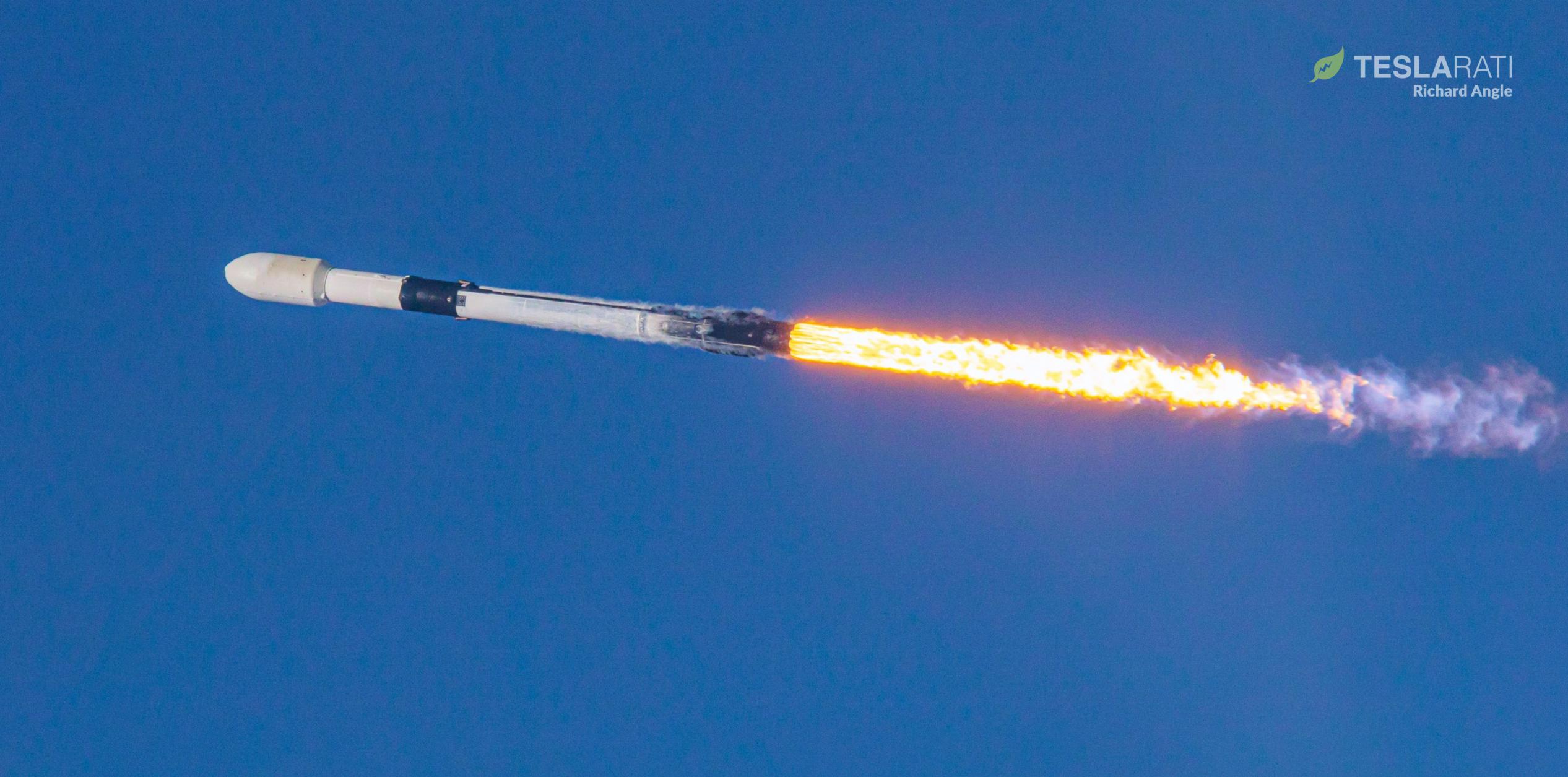
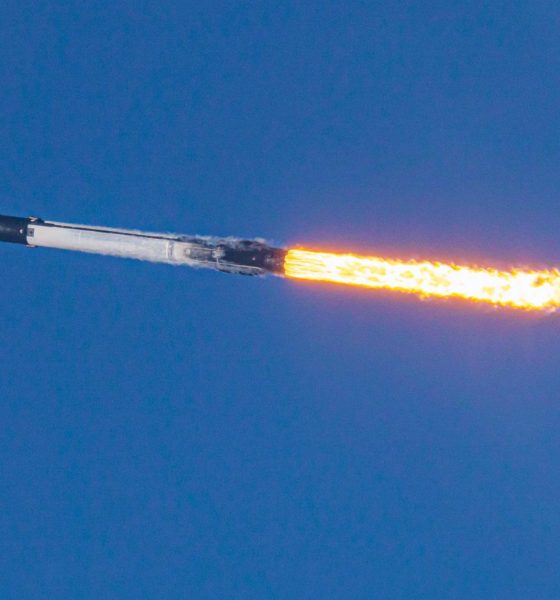
News
SpaceX crushes commercial Falcon 9 reuse record with radio satellite launch
SpaceX has crushed its commercial Falcon 9 reuse record with the successful December 13th launch of Sirius XM’s newest radio satellite while simultaneously debuting fairing reuse on customer missions.
Weighing around 7 metric tons (~15,400 lb) at liftoff, the SXM-7 spacecraft was carried aloft by Falcon 9 booster B1051, marking the rocket’s seventh successful launch and landing and the first time SpaceX has used a four-flight, five-flight, or six-flight booster on a non-Starlink mission.
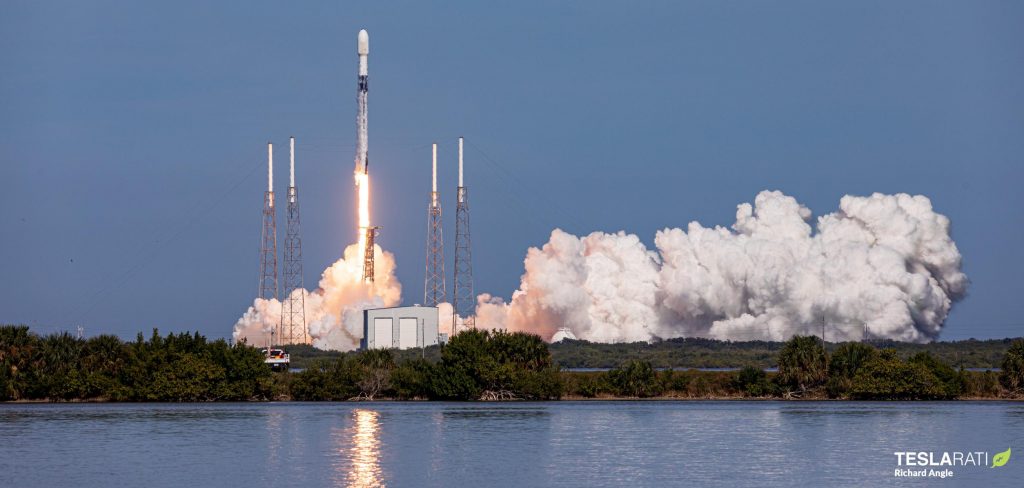
The willingness of customers Maxar and Sirius XM exemplify a major secondary benefit of SpaceX’s internal Starlink satellite constellation launches, 14 of which the company has completed in 2020 alone. With such a huge number of largely 100%-internal launches, SpaceX has been able to rapidly push the envelope of Falcon 9 reuse, flying boosters on their sixth and seventh missions for the first time. In 2020, despite debuting four new boosters, that wealth of Starlink opportunities has meant that the average booster supporting each of SpaceX’s 25 launches (thus) far completed 3.5 flights.
Thanks to the sheer number of internal launch opportunities SpaceX has available, the company has been able to extensively demonstrate the reliability of new levels of Falcon 9 reuse. In other words, while Sirius XM and Maxar are the first commercial customers to fly a payload on a Falcon 9 booster’s seventh launch, SpaceX had already successfully launched and landed several Falcon 9 boosters for the fifth and sixth time – and one for the seventh time just weeks prior – before the commercial debut.
The same is even more true with fairing reuse, as SXM-7 marked SpaceX’s first commercial Falcon fairing half reuse ever despite the fact that the SXM-7 was also the company’s 14th fairing half reuse overall. At this point in time, SpaceX is unequivocally the only company on Earth performing what amount to operational orbital-class flight tests. With such extensive full-fidelity flight test data available, convincing commercial customers of the viability of flight-proven hardware is likely a dramatically easier task.
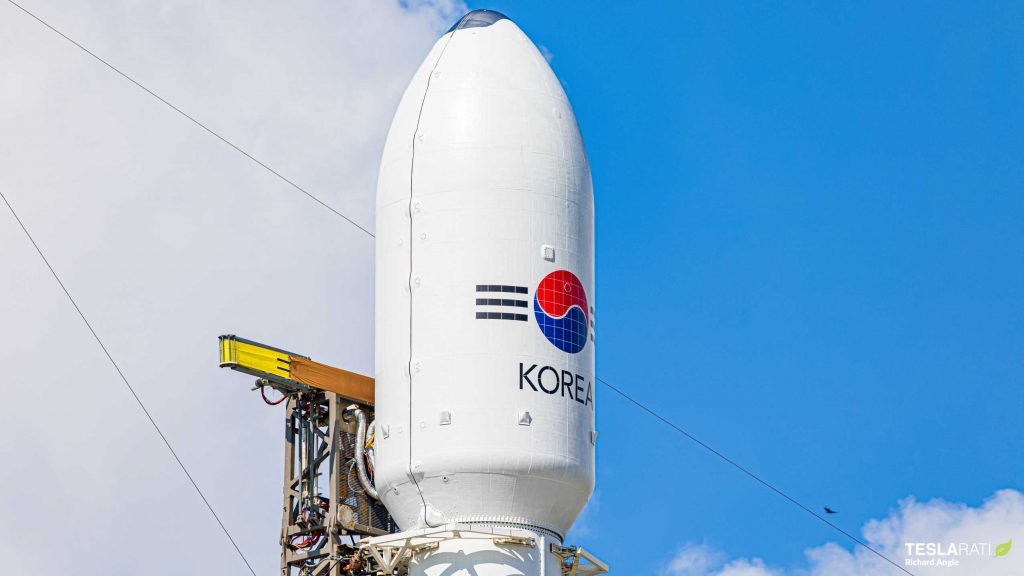
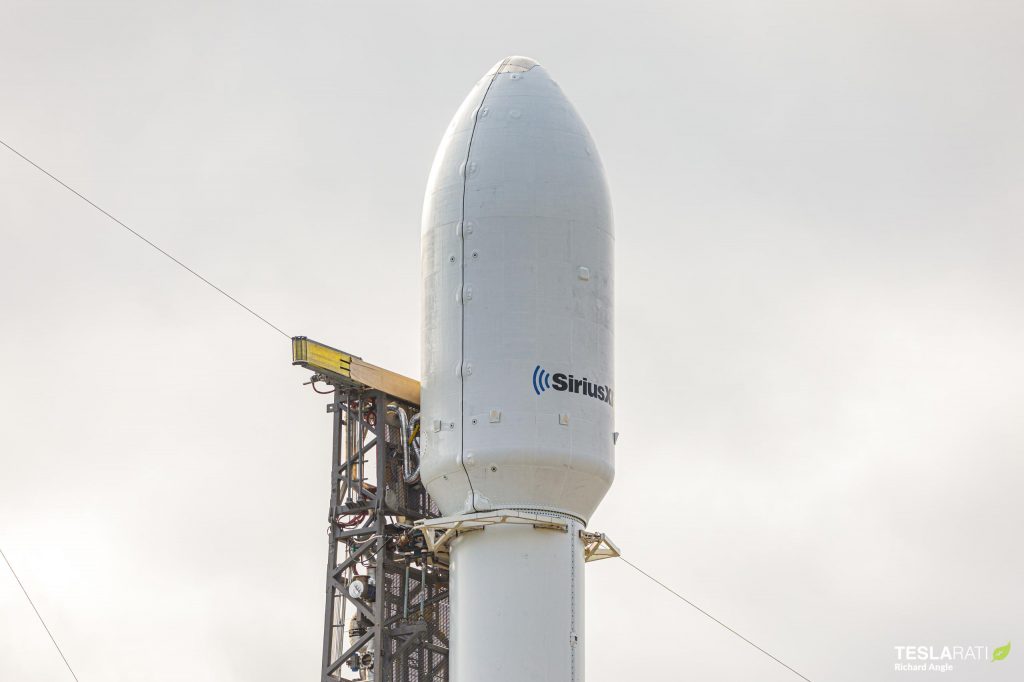
That foreknowledge also likely allows SpaceX to confidently offer or negotiate discounts with customers willing to be the first non-Starlink payload to use an nth-flight booster or fairing. For example for the reuse of a single fairing half alone, costing around $2.5 million for SpaceX to replace, the company probably offering Sirus XM and Maxar a discount of $500,000-$1,000,000+ and had the flight data on hand to prove that reusing a fairing half caught at sea wouldn’t add an appreciable risk of mission failure or satellite contamination.
For being the first customer to launch on a six-flight Falcon 9 booster, Sirius XM likely received an even more substantial discount of $5-10 million. SpaceX – believed to have an internal Starlink launch cost of $15M or less excluding satellite production – almost certainly still secured a profit despite offering what is likely the lowest launch cost in the world for a multi-ton geostationary satellite by a large margin.
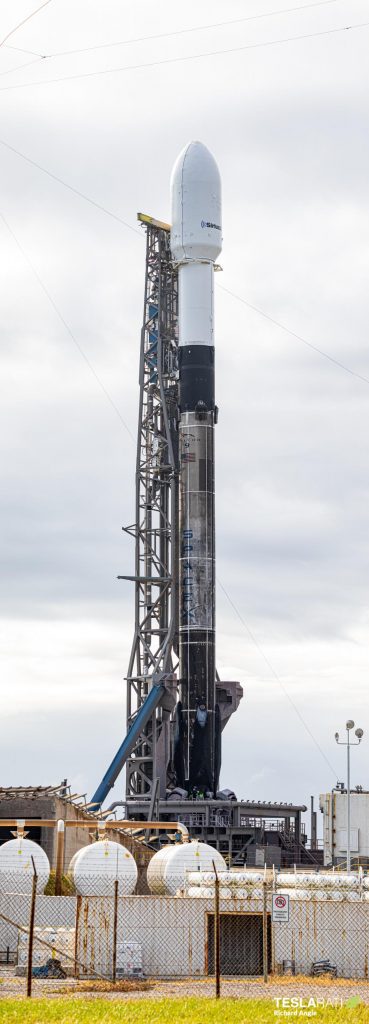
Meanwhile, thanks to B1051’s seventh successful landing, SpaceX has two seven-flight Falcon boosters it can use to push the envelope even further into eight, nine, ten, and possibly even more launches in 2021.

Elon Musk
Elon Musk confirms xAI’s purchase of five 380 MW natural gas turbines
The deal, which was confirmed by Musk on X, highlights xAI’s effort to aggressively scale its operations.

xAI, Elon Musk’s artificial intelligence startup, has purchased five additional 380 MW natural gas turbines from South Korea’s Doosan Enerbility to power its growing supercomputer clusters.
The deal, which was confirmed by Musk on X, highlights xAI’s effort to aggressively scale its operations.
xAI’s turbine deal details
News of xAI’s new turbines was shared on social media platform X, with user @SemiAnalysis_ stating that the turbines were produced by South Korea’s Doosan Enerbility. As noted in an Asian Business Daily report, Doosan Enerbility announced last October that it signed a contract to supply two 380 MW gas turbines for a major U.S. tech company. Doosan later noted in December that it secured an order for three more 380 MW gas turbines.
As per the X user, the gas turbines would power an additional 600,000+ GB200 NVL72 equivalent size cluster. This should make xAI’s facilities among the largest in the world. In a reply, Elon Musk confirmed that xAI did purchase the turbines. “True,” Musk wrote in a post on X.
xAI’s ambitions
Recent reports have indicated that xAI closed an upsized $20 billion Series E funding round, exceeding the initial $15 billion target to fuel rapid infrastructure scaling and AI product development. The funding, as per the AI startup, “will accelerate our world-leading infrastructure buildout, enable the rapid development and deployment of transformative AI products.”
The company also teased the rollout of its upcoming frontier AI model. “Looking ahead, Grok 5 is currently in training, and we are focused on launching innovative new consumer and enterprise products that harness the power of Grok, Colossus, and 𝕏 to transform how we live, work, and play,” xAI wrote in a post on its website.
Elon Musk
Elon Musk’s xAI closes upsized $20B Series E funding round
xAI announced the investment round in a post on its official website.

xAI has closed an upsized $20 billion Series E funding round, exceeding the initial $15 billion target to fuel rapid infrastructure scaling and AI product development.
xAI announced the investment round in a post on its official website.
A $20 billion Series E round
As noted by the artificial intelligence startup in its post, the Series E funding round attracted a diverse group of investors, including Valor Equity Partners, Stepstone Group, Fidelity Management & Research Company, Qatar Investment Authority, MGX, and Baron Capital Group, among others.
Strategic partners NVIDIA and Cisco Investments also continued support for building the world’s largest GPU clusters.
As xAI stated, “This financing will accelerate our world-leading infrastructure buildout, enable the rapid development and deployment of transformative AI products reaching billions of users, and fuel groundbreaking research advancing xAI’s core mission: Understanding the Universe.”
xAI’s core mission
Th Series E funding builds on xAI’s previous rounds, powering Grok advancements and massive compute expansions like the Memphis supercluster. The upsized demand reflects growing recognition of xAI’s potential in frontier AI.
xAI also highlighted several of its breakthroughs in 2025, from the buildout of Colossus I and II, which ended with over 1 million H100 GPU equivalents, and the rollout of the Grok 4 Series, Grok Voice, and Grok Imagine, among others. The company also confirmed that work is already underway to train the flagship large language model’s next iteration, Grok 5.
“Looking ahead, Grok 5 is currently in training, and we are focused on launching innovative new consumer and enterprise products that harness the power of Grok, Colossus, and 𝕏 to transform how we live, work, and play,” xAI wrote.
Investor's Corner
Tesla gets price target bump, citing growing lead in self-driving

Tesla (NASDAQ: TSLA) stock received a price target update from Pierre Ferragu of Wall Street firm New Street Research, citing the company’s growing lead in self-driving and autonomy.
On Tuesday, Ferragu bumped his price target from $520 to $600, stating that the consensus from the Consumer Electronics Show in Las Vegas was that Tesla’s lead in autonomy has been sustained, is growing, and sits at a multiple-year lead over its competitors.
CES 2026 validates Tesla’s FSD strategy, but there’s a big lag for rivals: analyst
“The signal from Vegas is loud and clear,” the analyst writes. “The industry isn’t catching up to Tesla; it is actively validating Tesla’s strategy…just with a 12-year lag.”
The note shows that the company’s prowess in vehicle autonomy is being solidified by lagging competitors that claim to have the best method. The only problem is that Tesla’s Vision-based approach, which it adopted back in 2022 with the Model 3 and Model Y initially, has been proven to be more effective than competitors’ approach, which utilizes other technology, such as LiDAR and sensors.
Currently, Tesla shares are sitting at around $433, as the company’s stock price closed at $432.96 on Tuesday afternoon.
Ferragu’s consensus on Tesla shares echoes that of other Wall Street analysts who are bullish on the company’s stock and position within the AI, autonomy, and robotics sector.
Dan Ives of Wedbush wrote in a note in mid-December that he anticipates Tesla having a massive 2026, and could reach a $3 trillion valuation this year, especially with the “AI chapter” taking hold of the narrative at the company.
Ives also said that the big step in the right direction for Tesla will be initiating production of the Cybercab, as well as expanding on the Robotaxi program through the next 12 months:
“…as full-scale volume production begins with the autonomous and robotics roadmap…The company has started to test the all-important Cybercab in Austin over the past few weeks, which is an incremental step towards launching in 2026 with important volume production of Cybercabs starting in April/May, which remains the golden goose in unlocking TSLA’s AI valuation.”
Tesla analyst breaks down delivery report: ‘A step in the right direction’
Tesla has transitioned from an automaker to a full-fledged AI company, and its Robotaxi and Cybercab programs, fueled by the Full Self-Driving suite, are leading the charge moving forward. In 2026, there are major goals the company has outlined. The first is removing Safety Drivers from vehicles in Austin, Texas, one of the areas where it operates a ride-hailing service within the U.S.
Ultimately, Tesla will aim to launch a Level 5 autonomy suite to the public in the coming years.








